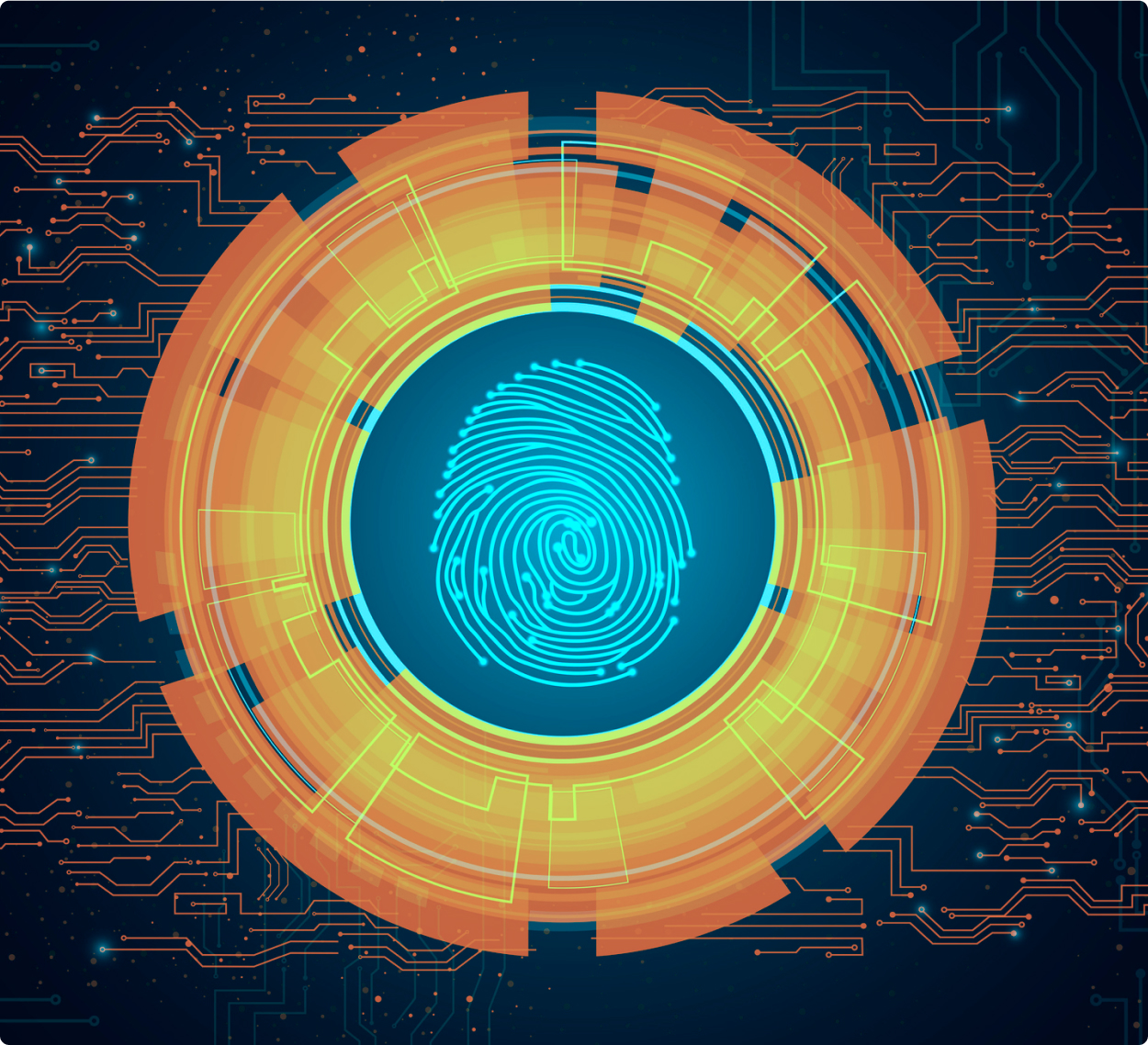

Do You Need a Zero-Trust SaaS?
A world of SaaS is a world of increased efficiency and reduced costs. But it’s also a world of expanded attack surfaces. Between SaaS solutions, remote work, and the IoT, companies find themselves under attack from all angles.
Zero-trust platforms can help.
Let’s take a look at how zero trust works, why it’s good for SaaS, and some of the challenges that come with implementing such a system.
An Overview of Zero-Trust Protocols
Zero trust is a term for security models that don’t rely on predefined trust levels. Devices and users are both treated in the same manner, so it’s impossible to cut corners in the security process. By default, an individual or device is not trusted. Thus, they cannot access anything that they have not been specifically granted to.
This approach became popularized by Forrester Research, who coined the term “zero-trust security” in 2010.
The thinking behind zero trust is that the current security model – which relies on a trusted network inside a company’s firewall – is no longer effective. The reality is that employees often work remotely, and devices are constantly coming in and out of the office. It’s simply not possible to know who or what to trust.
Zero-trust security models have been around for a while, but they’ve gained popularity in recent years as the need for better cybersecurity has become more apparent.
Why is Zero Trust Good for SaaS?
There are a few reasons why zero trust security can be beneficial for companies that use SaaS solutions.
First, SaaS applications are typically accessed over the internet. This means that they’re subject to the same threats as any other website. A zero-trust approach can help to mitigate these risks.
Second, SaaS applications are often shared among multiple users. This can make it difficult to track who is accessing what, and when. Zero-trust security can help to keep tabs on which users have access to which applications.
Finally, SaaS applications are often updated frequently. This means that the security posture of a company’s SaaS solution can change on a regular basis. Zero trust security can help to ensure that only authorized users have access to the latest versions of a SaaS application.
Zero trust is uniquely well-suited to a SaaS environment, although it is also extremely useful for on-premises environments, too.
Challenges When Adopting Zero Trust
That being said, there are some challenges when adopting zero-trust strategies. This is what could be holding back some organizations from making the shift.
These are some of the challenges that companies may face when trying to implement a zero-trust security model for their SaaS applications:
-
Lack of Visibility. It can be difficult to get visibility into all the different devices and users that are accessing a SaaS application. This can make it difficult to properly implement a zero-trust strategy.
-
Siloed data. Data is often spread across multiple SaaS applications, making it difficult to get a complete picture of what’s going on. This can make it difficult to properly secure data.
-
Lack of control. SaaS providers often have a lot of control over their applications. This can make it difficult for companies to implement the security controls that they need. Companies need to select their technology stack with zero trust in mind, which can be difficult for organizations that already have a stack in place.
-
Difficult to enforce. Zero-trust security models can be difficult to enforce, due to the lack of visibility and control mentioned before. Over time, employees may ask other employees to give them access to certain documents and solutions — and it’s up to the IT department to maintain steady with their zero-trust protocols.
-
Adoption. As employees adopt a zero-trust model, they may become frustrated that they can’t access the systems that they could previously access, or that they need to rely upon other people to access certain materials.
These are some of the challenges that companies face when trying to adopt a zero-trust security strategy for their SaaS applications. While there are some challenges, the benefits of zero trust can outweigh the drawbacks for many organizations.
Zero Trust and Passwordless Authentication or Zero Trust IAM
One of the best ways to implement zero trust security is through the use of passwordless authentication. A zero trust IAM (Identity Access Management) solution will further the security and usability of zero-trust protocols.
Passwordless authentication is a method of authenticating users without the need for a password. This can be done through the use of biometrics, or through the use of a one-time code that is sent to the user’s mobile device.
Passwordless authentication is a great way to improve security, as it eliminates the need for users to remember complex passwords. It also makes it more difficult for attackers to gain access to accounts, as they would need to have the user’s biometrics or one-time code.
Through passwordless authentication, companies can make it easier for their employees to adopt a zero-trust model. The zero-trust model, in turn, becomes much safer because it is harder for employees to be compromised.
What’s Next?
Zero trust is a foundational requirement for today’s modern security systems. There are simply too many threats out there for any system to protect itself against with traditional blacklisting methods. The complication occurs when zero trust makes it more difficult for employees to get their job done.
Enter authentication services such as Axiad. Easier authentication means that individuals are seamlessly identified and permissions automatically granted—ensuring that zero-trust protocols don’t lead to disruption.
Want to learn more about true passwordless security and seamless authentication systems? Contact the experts at Axiad or try Axiad for free for 30 days.






